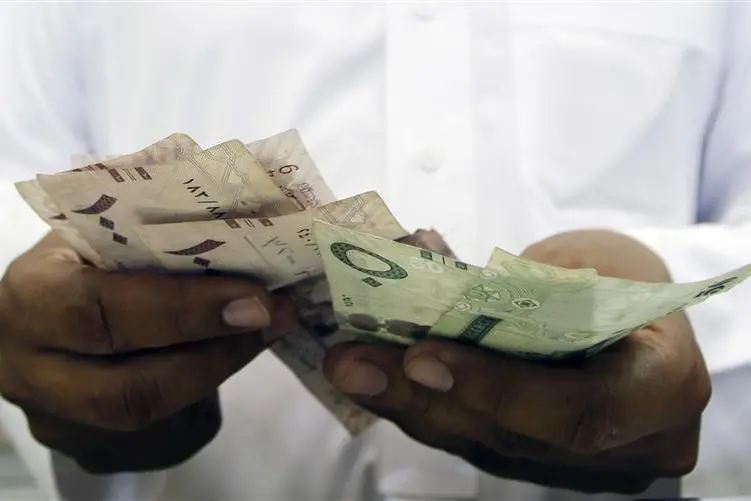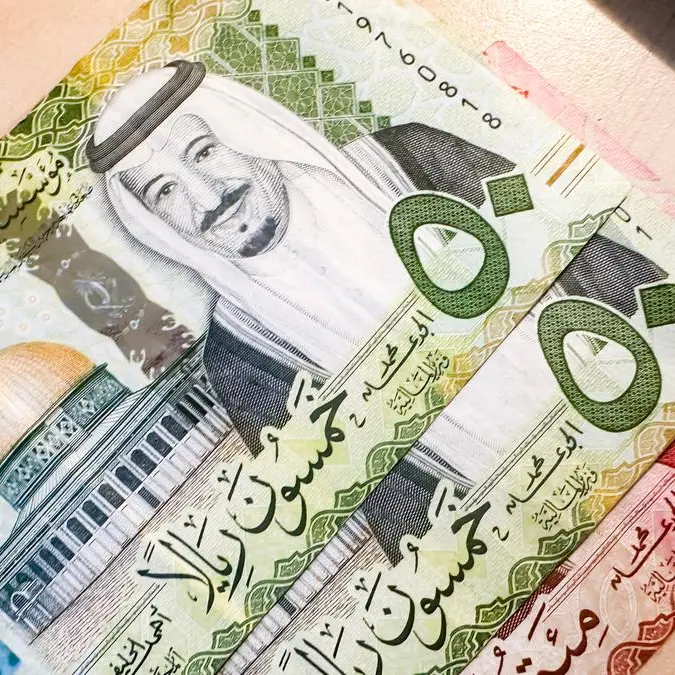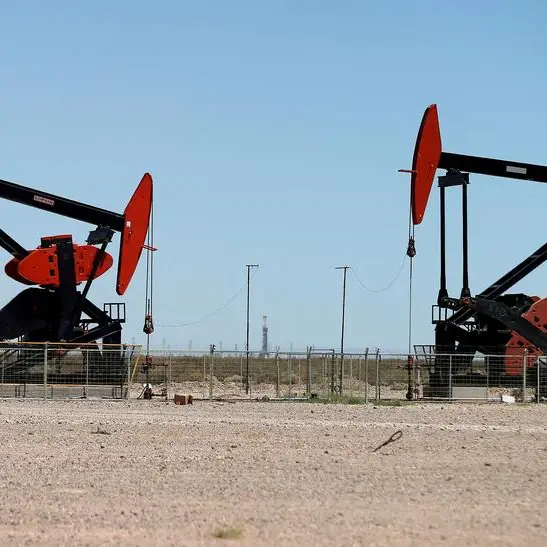PHOTO
RIYADH — OPEC production cut will overall improve Saudi Arabia’s fiscal position as oil prices rallied more than 15% post the agreement, while production is agreed to be cut by 4.6%, Al Rajhi Capital said in its report titled “OPEC Cut: Provides More Fiscal Comfort”.
This will give the Saudi government more fiscal room to pursue its NTP 2020 plans. every one dollar increase in prices will increase Saudi’s monthly oil revenue by SR1 billion and the recent surge could add about SAR10 billion in oil export revenue for the Government for the year at the current levels. More importantly, reduced downside risks to oil prices will enhance the government’s ability to pursue NTP 2020 plans while providing more room for fiscal measures and reducing short term impacts on economy, the report said.
OPEC agreed to cut production by 1.2m b/d from January 2017, with all participating countries except Iran agreeing to an equal cut of about 4.6% from their respective reference production levels.
Non-OPEC producers are also expected to cut production by 0.6m b/d, with Russia announcing a gradual cut of 0.3m b/d in H1 2017. With a total production cut of 1.8m b/d and oil demand expected to increase by 1.1m b/d, as per OPEC’s latest forecast, the oil market is expected to balance out sooner than expected. However, compliance to production quotas remains a concern given weak past track record.
The medium term oil price trajectory will depend on the member countries’ compliance with announced production levels and participation of non-OPEC countries. In the interim period, oil prices are likely to remain strong maintaining the upward momentum in the absence of any conflicting statements from member countries to address domestic political constituencies.
Comparison of production quota and actual production data of the countries for which data is available, revealed that the limits have not always been strictly followed. The monthly average of the difference between the actual oil production and the quota from 2000 to 2011 comes at 1.05m b/d, 4% above average quota levels. This makes compliance to the deal a key requirement for sustaining the higher level of oil prices.
© The Saudi Gazette 2016























